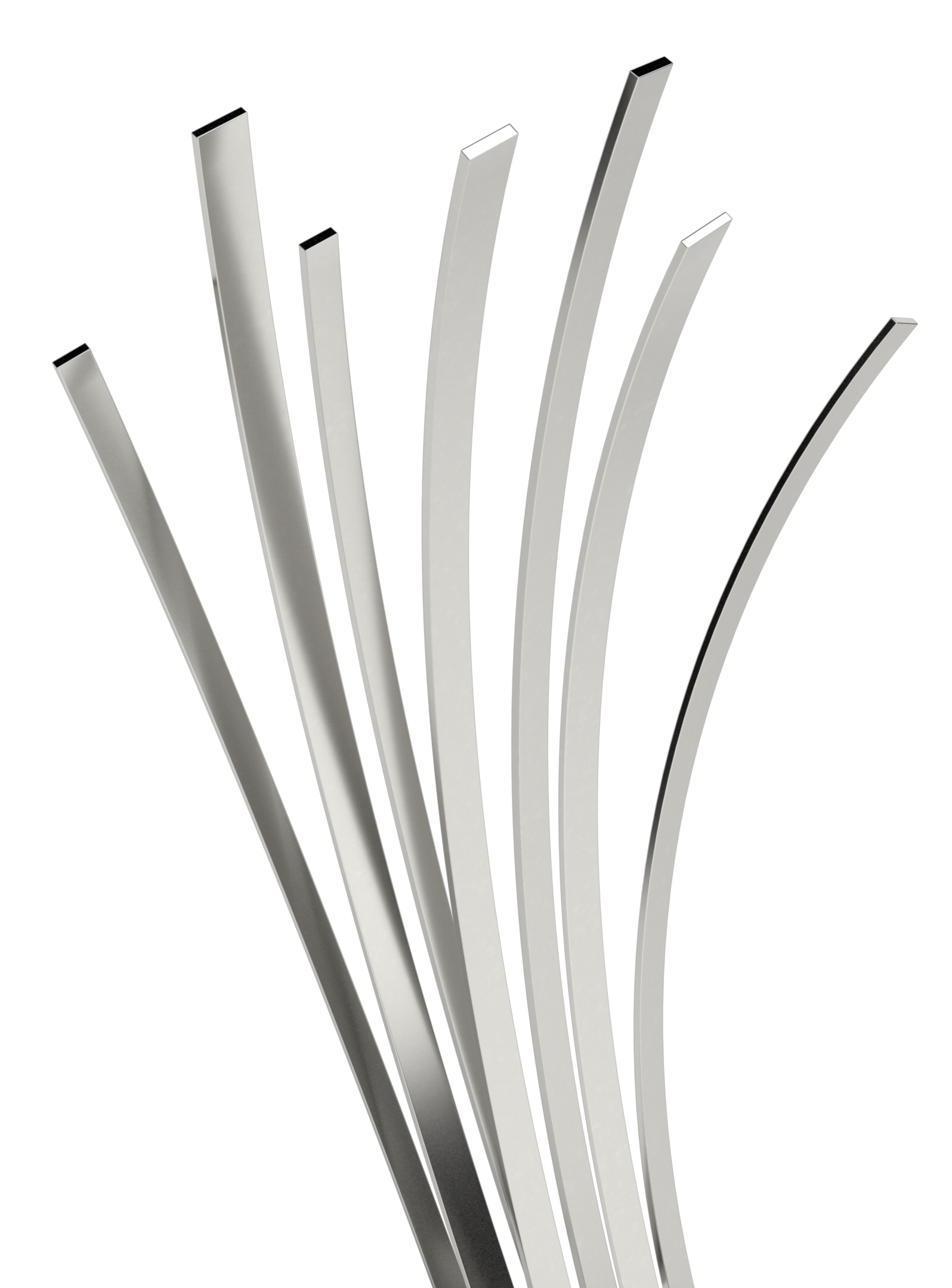Understanding flat wire
The two methods used to produce flat wire are drawing and rolling, each of which provide different benefits. You can use the information below to compare rolled and drawn flat wire to find the right product for your application.

Rolled flat wire
Rolled flat wire has a larger cast, less camber, and less stress induced in the wire when compared to drawn flat wire of the same width to thickness ratio. Additional benefits include:
- If straightness is critical to the application, rolled flat wire can be stress relieved to improve overall straightness
- Options for tighter packaging of spools
- Optional textured surfaces
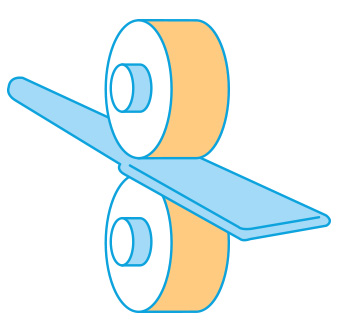

Available alloys
- High-performance alloys for fatigue life, strength, and corrosion resistance
- Nitinol for shape memory and superelastic performance
- Refractory metals for quality surface finish and high corrosion resistance
- Stainless steel for strength and corrosion resistance
- Titanium for strength and biocompatibility
Design parameters
- Typical width/thickness ratio is 3:1 minimum to 10:1 maximum
- Minimum thickness is 0.0127 mm [0.0005 in]
- Typical thickness tolerance for rolled flat wire is ±10% of the thickness rounded up to the next 0.0025 mm [0.0001 in], with a minimum of ±0.005 mm [±0.0002 in]
- Typical width tolerance is ±10% of the width rounded up to the next 0.0025 mm [0.0001 in], with a minimum of ±0.0076 mm [±0.0003 in]
Drawn flat wire
The process to produce drawn flat wire results in a more precise product, offering benefits such as:
- Improved size tolerances
- More consistent dimensions
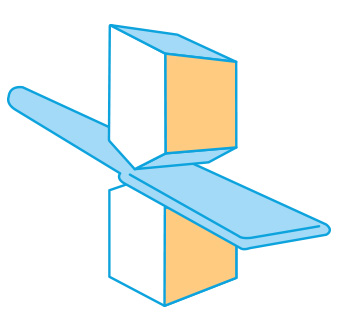

Available alloys
- Stainless steel for strength and corrosion resistance
- High-performance alloys for fatigue life, strength, and corrosion resistance
- Nitinol for shape memory and superelastic performance
- Titanium for strength and biocompatibility
Design parameters
- Drawn flat wire should be stress relieved after the initial drawing to help improve its cast and camber
- Drawn flat wire can be produced as thin as 0.0635 mm [0.0025 in]
- Typical thickness tolerance for drawn flat wire is ±10% of the thickness rounded up to the next 0.0025 mm [0.0001 in], with a minimum of ±0.0025 mm [±0.0001 in]
- Typical width tolerance is ±10% of the width rounded up to the next 0.0025 mm [0.0001 in], with a minimum of ±0.0076 mm [±0.0003 in]
Cross-sectional area calculation
Use the flat wire conversion factor table below to accurately calculate the material’s cross-sectional area. This ensures that your calculations match ours, enabling your project to move forward faster.
Flat wire conversion factors
The first column is width divided by thickness. The factor column is to be used to calculate cross-sectional area. For example, 0.010 in ÷ 0.003 in = 3.3. Look up 3.3 on the "width / thickness" column to get the factor 0.984. Then 0.003 in x 0.010 in x 0.984 is equal to 0.0000295 which is the cross-sectional area.
| Width / thickness | Factor | Width / thickness | Factor |
| 1.1 | 0.836 | 3.0 | 0.981 |
| 1.2 | 0.867 | 3.1 | 0.982 |
| 1.3 | 0.890 | 3.2 | 0.983 |
| 1.4 | 0.907 | 3.3 | 0.984 |
| 1.5 | 0.920 | 3.4 | 0.985 |
| 1.6 | 0.930 | 3.5 | 0.986 |
| 1.7 | 0.939 | 3.6 | 0.987 |
| 1.8 | 0.946 | 3.7 to 3.8 | 0.988 |
| 1.9 | 0.952 | 3.9 to 4.0 | 0.989 |
| 2.0 | 0.957 | 4.1 to 4.2 | 0.990 |
| 2.1 | 0.961 | 4.3 to 4.4 | 0.991 |
| 2.2 | 0.964 | 4.5 to 4.7 | 0.992 |
| 2.3 | 0.968 | 4.8 to 5.0 | 0.993 |
| 2.4 | 0.970 | 5.1 to 5.5 | 0.994 |
| 2.5 | 0.973 | 5.6 to 6.0 | 0.995 |
| 2.6 | 0.975 | 6.1 to 6.9 | 0.996 |
| 2.7 | 0.977 | 7.0 to 8.1 | 0.997 |
| 2.8 | 0.978 | 8.2 to 10.0 | 0.998 |
| 2.9 | 0.980 | > 10.0 | 0.999 |
Typical end uses
Our customers use flat wire for many different applications, including:
- Percutaneous catheters
- Neurovascular devices
- Endovascular devices
- Self-expanding stents and delivery systems
- Coronary stents
- Stone retrieval baskets
- Catheter-based heart pumps
- Orthodontic clips
- Suture passers
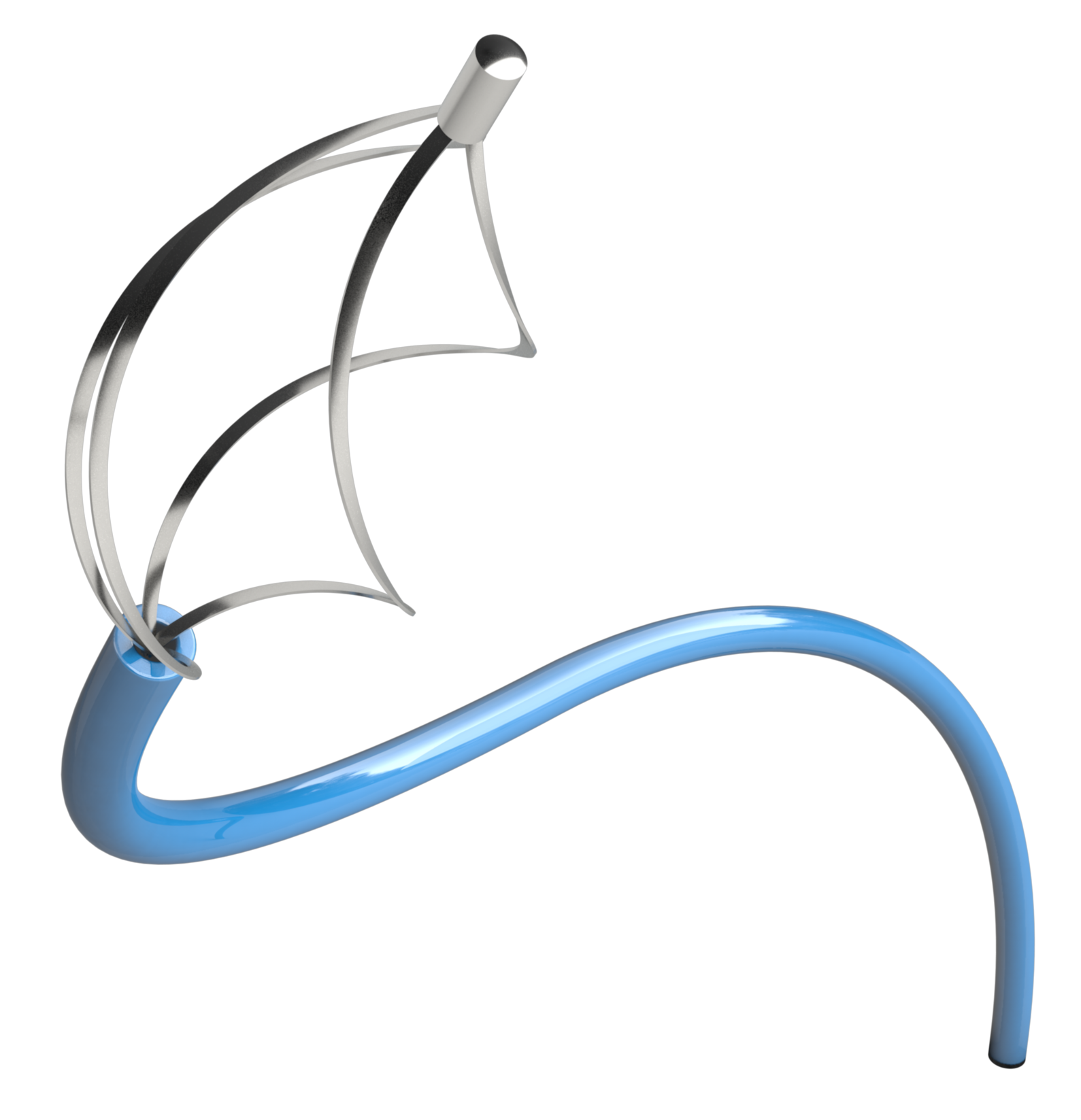
Product forms and capabilities
Flat wire can be utilized in different product forms, or used in custom component assemblies, to create even more customized solutions. Flat wire can be ordered on a spool or cut to lengths to streamline your production processes. Additional processing for flat wire includes:
There are many mechanical performance benefits to using flat wire in your applications. Contact a member of our technical expert team to help guide you to the right fit.
Unable to load the form? Click the button below:
